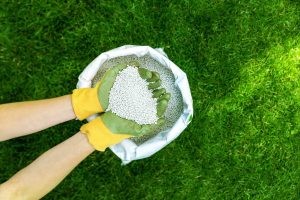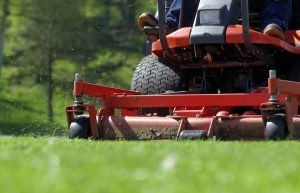Daylilies, with their vibrant blooms and easy care, are a favorite addition to many gardens. But even low-maintenance beauties require some attention to keep them looking their best. Trimming is an essential part of daylily care, promoting healthy growth and encouraging abundant blooms. To keep them in top shape and encourage continuous flowering, knowing when and how to trim daylilies is essential. In this comprehensive guide, we'll explore the straightforward process of trimming daylilies, focusing on the best timing for optimal results.
When To Trim
With daylilies being such a low-maintenance plant, you don’t have to worry too much about trimming often. There are two primary times when trimming daylilies is most beneficial.
- Autumn: Trimming daylilies in the autumn might seem late in the season, but really it makes the most sense. By trimming them in the late autumn or after the first frost, it allows the plant to store energy for the winter and encourages new growth in the spring. This also means one less chore in your garden during the early spring. Trimming before any new growth also ensures you don’t accidentally remove emerging shoots.
- Throughout The Growing Season: Deadheading is an important practice with daylilies and many other plants. By removing spent flowers as they fade, you encourage new blooms and healthy plants. Removing brown or yellow leaves is also essential as it promotes air circulation and prevents the spread of disease.
Benefits Of Trimming
There are many benefits of trimming your daylilies, the most important of which are listed below.
- Promotes Healthier Growth: Removing dead leaves and stems allows the plant to focus its energy on producing new blooms and foliage.
- Encourages Reblooming: Deadheading spent flowers encourages the plant to produce more buds for continued blooms throughout the season.
- Improves Aesthetics: Removing dead or dying parts keeps the plant looking tidy and vibrant, enhancing the overall appearance of your garden.
- Prevents Disease: Removing diseased foliage helps prevent the spread of fungal and other diseases within the plant and to neighboring plants.
Trimming Techniques
Trimming daylilies may seem like a daunting task, but in reality, it couldn’t be more simple. Use this guide as a reference on trimming your daylilies and keeping them at their best.
Tools
- Pruning shears: Ideal for removing spent flowers, dead leaves, and small stems.
- Loppers: Useful for cutting thicker stems or large clumps of dead foliage.
- Sharp knife: A suitable alternative if pruning shears or loppers are unavailable.
Steps
- Wear gloves: Protect your hands from thorns and potential irritants.
- Identify what needs to be removed: Focus on spent flowers, dead leaves and stems, and any diseased foliage.
- Cut at an angle: This promotes drainage and prevents water from collecting on the cut, which can lead to rot.
- Don't remove too much at once: Aim for 1/3 of the foliage at a time to avoid stressing the plant.
- Dispose of trimmings properly: Compost them or dispose of them in a designated yard waste bin.
Additional Tips
- Sanitize your tools: This prevents the spread of disease between plants.
- Sharpen your tools regularly: Dull blades can damage the plant and make the process more difficult.
- Divide overcrowded daylilies: This rejuvenates the plant and encourages better blooming. The best time for dividing is in the fall or spring.
Things To Remember
Trimming your daylilies is a simple yet essential task that promotes healthy growth, abundant blooms, and a beautiful appearance. By following these simple steps and timing your trims strategically, you can ensure your daylilies thrive and bring joy to your garden for years to come. Keep these final tips in mind so you can keep your daylilies looking their best and adding vibrant color to your garden throughout the season.
- Trim In Autumn: The ideal time for a major trim to encourage healthy growth and spring blooms.
- Prune As Needed: Deadhead spent flowers and remove diseased foliage for continued beauty and disease prevention.
- Use The Right Tools: Pruning shears, loppers, or a sharp knife.
- Watch Your Technique: Cut at an angle and dispose of trimmings properly.
- Enjoy The Rewards: Vibrant blooms, healthy growth, and a beautiful garden are on the way!
Subscribe to Simple Lawns's Blog









Comments